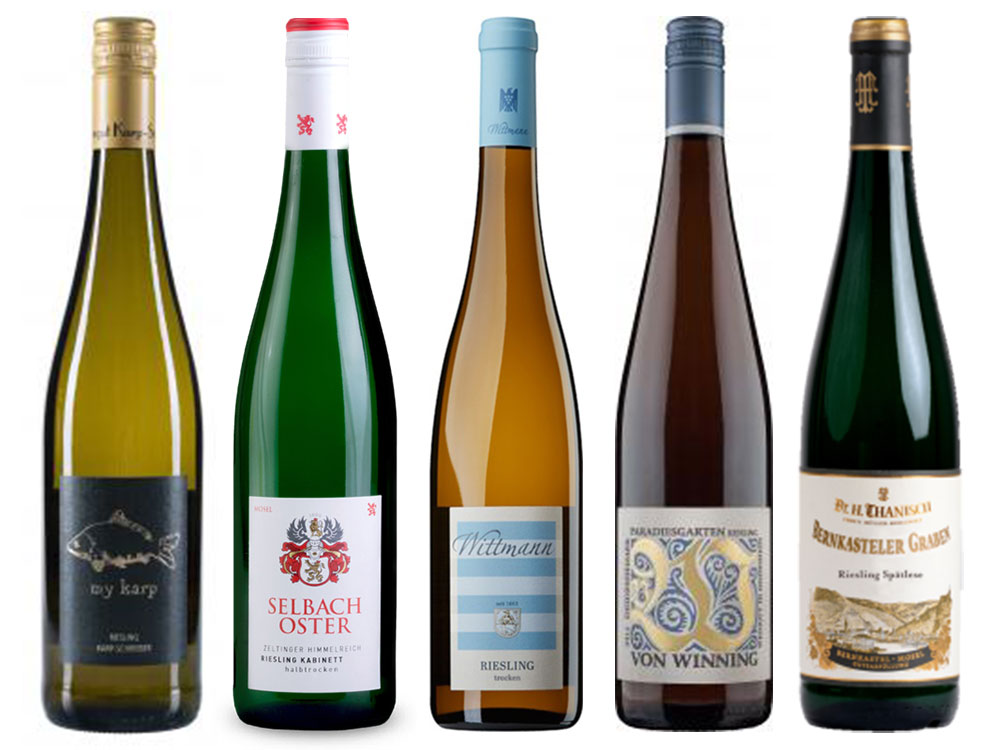


The earliest known traces of wine are from Georgia ( c. Similarly the largest wine regions in Italy, Spain, and France have heritages in connection to sacramental wine, likewise, viticulture traditions in the Southwestern United States started within New Spain as Catholic friars and monks first produced wines in New Mexico and California. Egyptian, Greek, Roman, and Israeli wine cultures are still connected to these ancient roots. Red wine was associated with blood by the ancient Egyptians and was used by both the Greek cult of Dionysus and the Romans in their Bacchanalia Judaism also incorporates it in the Kiddush, and Christianity in the Eucharist. Wine has long played an important role in religion. Today, the five countries with the largest wine-producing regions are in Italy, Spain, France, the United States, and China. Later, as Old World wine further developed viticulture techniques, Europe would encompass three of the largest wine-producing regions. New World wine has some connection to alcoholic beverages made by the indigenous peoples of the Americas, but is mainly connected to later Spanish traditions in New Spain. The earliest evidence of wine is from the Caucasus region in today's Georgia (6000 BCE), Persia (5000 BCE), Italy and Armenia (4000 BCE). Wine has been produced for thousands of years. Wines can be made by fermentation of other fruit crops such as plum, cherry, pomegranate, blueberry, currant and elderberry. These typically restrict the geographical origin and permitted varieties of grapes, as well as other aspects of wine production. Many countries enact legal appellations intended to define styles and qualities of wine. These differences result from the complex interactions between the biochemical development of the grape, the reactions involved in fermentation, the grape's growing environment ( terroir), and the wine production process. Different varieties of grapes and strains of yeasts are major factors in different styles of wine. Yeast consumes the sugar in the grapes and converts it to ethanol and carbon dioxide, releasing heat in the process. Wine is an alcoholic drink typically made from fermented grapes. 16th-century wine press Han dynasty tomb brick showing workers brewing alcohol


 0 kommentar(er)
0 kommentar(er)
